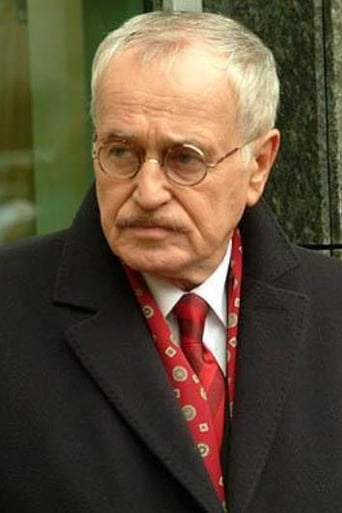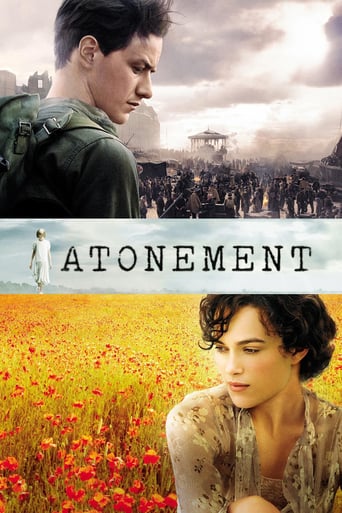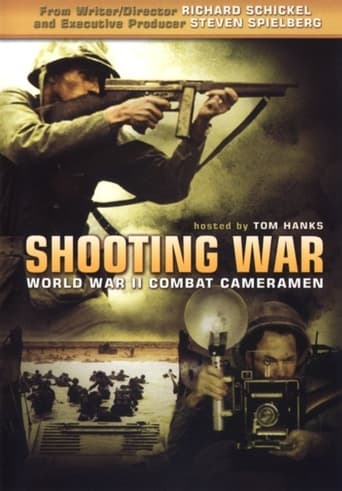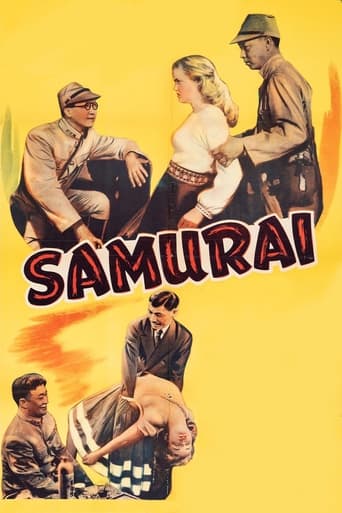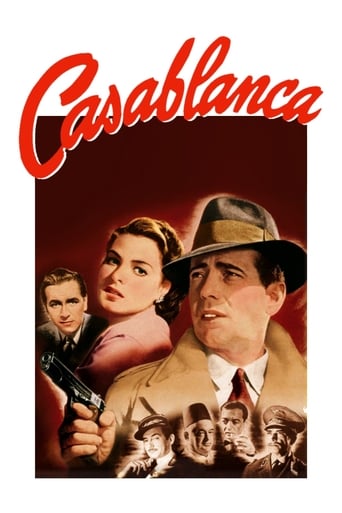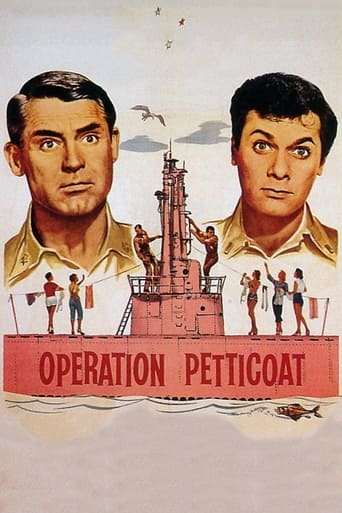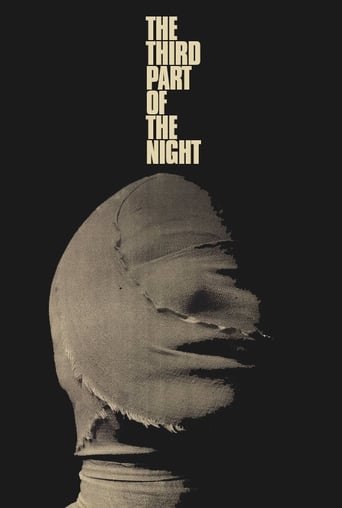
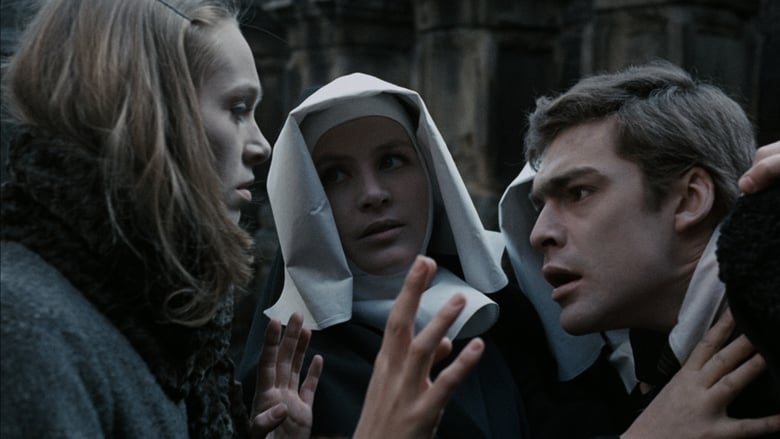
The Third Part of the Night (1972)
Set during the Nazi occupation of Poland, in which Michał witnesses the murder of his mother, wife and child. He is hurled into a life that literally is not his own; a surreal world littered with trapdoors, doppelgängers and wormholes. It also tells the true untold story of a Nazi vaccine laboratory where Jews and members of the resistance were employed as feeders for parasites infected with typhus.
Watch Trailer
Cast


Similar titles
Reviews
SERIOUSLY. This is what the crap Hollywood still puts out?
Self-important, over-dramatic, uninspired.
Just perfect...
I wanted to like it more than I actually did... But much of the humor totally escaped me and I walked out only mildly impressed.
The film jumps between time-lines and characters in a somewhat confusing manner with dead figures re-appearing throughout the film, so trying to give a detailed story-line is somewhat pointless. The dialogue is extreme and sometimes absurd, but that only adds to the atmosphere of a character being eaten by lice and perhaps in a fever. The lice thing is based on fact - Polish resistance fighters were happy to put themselves forward for scientific experimentation with lice (in an effort to eradicate typhoid), as no German soldiers would go near them if their cards said that they were involved in the programme. The lice in any case are a symbol of war - people sucking the blood out of each other etc. A chaotic and incoherent film, but amazing first-time direction from Zuwavski. It is all filmed in hand-held camera (usual stuff now, but extremely unusual back in the early 70's), so there is a lot of movement. The film was made in Krakow and the city looks nothing like is now - an empty desolate filthy city of dilapidated grey building. Very Kafka-esque indeed, with stark bleak colours. I liked the film for atmosphere and cinematics, but many will not if they concentrate on the story and often somewhat obscure dialogue.The film was a big thing when it came out in Poland with huge queues to see it by the public - it has lost its relevance today and looks VERY dated (ie. as does all Polish 1970s cinema), but is still an interesting view.
Andrzej Zulawski's first feature film, "The Third Part of the Night", is not as talky as his later films, but is just as impenetrable. It features a man whose family is murdered by Nazis at the beginning of the movie, who then runs away, helps deliver a baby in a graphic sequence, apparently poses (or actually becomes) an insurance salesman, haunts a hospital where he has strange talks with an obscure nurse, and ends up volunteering for a program where he is vaccinated against typhus and is munched on by lice to help doctors find a cure.I really lost the plot after that, but the ending does have him finding himself, or a doppelganger, in a hospital bed.We are used to dialogue to provide exposition and reveal aspects of character. The dialogue in this movie only confuses the watcher further. The movie feels rough and wild, with violence and ugliness and insanity coming out of nowhere. It was also revolutionary for its use of hand-held camera, putting you in this world, and making you feel even more disorientated.
The Third part of the night is set in Poland during the second world war, which, as you will probably know, was infested by the plague of Nazism, and latterly equipollent Communism. The film starts with a quotation from Revelations Chapter VIII, which delineates the havoc that will be wreaked upon the earth when the Big Guy decides it's time to wrap everything up. There are seven trumpets being blown, the first four we are told about, and they wreak chaotic damage to earth, generally in thirds: a third of the rivers are turned to wormwood, one third of ships destroyed... Anyway the fourth trumpet makes it so that for a third part of the night the moon and stars will not shine, so that's basically what the German occupation of Poland is, the Third Part of the Night.Most of the film is set in the city of Lwow, which was then part of Poland, but now has been made part of Ukraine and is called Lviv. That was Joe Stalin's doing, part of his Polish Holocaust.The film starts though in the countryside with a violent act that is a quotation of the violence at the start of Menilmontant if I have seen things correctly. Michal the main character, a ghost-faced unibrowed typhus sufferer loses his family and returns to Lwow, where he attempts to become part of the resistance. It turns out that the resistance centers around a research institute. The folks there exist to feed lice. The way it works is that you put a strap around your bare leg and slot in these matchbox size containers full of lice that feed from your blood through a wire mesh. These lice are used to breed typhus, and the vaccine is then prepared from their guts. One guy gets home from work, strips naked and starts scratching himself and whimpering. Not the most pleasant scene. Involving yourself in this process gave you great papers though, because the Germans took one look at your papers, and were then scared of catching typhus from you and so left you well alone.After losing his wife, Michal comes across a woman who looks exactly like her (a plot device Zulawski also uses in La Femme Publique). It's not clear why this device is used, but it could be a misogynist motif, ie. he's incapable of seeing the woman for who she is, he may also be having a traumatic hallucination, which would mean that there is a woman but she doesn't look like his wife. This *hallucination* of a movie is mainly anchored around this plot, providing some sort of bearing for the viewer.You won't see a normal moment in the entire movie, everything is topsy turvy, every scene is either in a shattered building, or of a normal building full of shattered people. It's a nightmarish movie, like a dance of death. Dance is an appropriate word because the film uses hand-held camera a lot (though Zulawski in an interview has stated that the cameraman he found had a very steady hand, and he was obviously proud to find him), and the shot dances around, with some circular shots, zooms you never see coming, really it's very alive.What really is the Zulawski strength though is directing actors, he managed to coax scenes of incredible intensity out of Malgorzata Braunek (as Michal's wife) and Jerzy Golinski (Michal's father). I've seen almost nothing like it, though another Polish film springs to mind, Jerzy Kawalerowicz's Mother Joan of the Angels. The actors handed themselves over to Zulawski, giving them his complete trust, Braunek in particular in one scene at the institute connected with some deep innermost primal emotions.The cellar shots at the institute are the bleakest shots you're likely to see in cinema, and remind me only of paintings, and bizarrely of the shots of test chambers in Alien 4.The only big stumbling block for most people I believe would be the music, which is very out-of-place jazz (three quarters of the way between mellifluence and dissonance), and has taken me a while to get used to.
The film begins with a young woman reading from the Book of Revelation. It returns to the same scene again and at the end; in the meantime the film's narration, a strange, hallucinatory circle around the Institute for research into lice in Lwow, the only Polish academic institution the Nazis left open in Poland in the second world war, centring on Michal, the putative father of the young woman's son, Michal's family and the Resistance, circling back to what brought Michal, Marta and his parents to a supposedly safe place. It isn't safe, of course; Michal's mother, Marta and his son are soon killed by German cavalrymen. The film moves back to earlier betrayals and forward to the deaths of Michal, his family and most of the film's characters. We learn- and see- more of the feeding habits of lice than we ever knew before and than most of us would ever want to know and learn more of the resemblances between humans and lice. It might be Michal's fantasy as he suffers from typhus; it might be "reality"; whatever it is this is an astonishing and hallucinatory film. Early Polish films looked at the physical aspects of war; this is about the psychology of it and the psychological effects.




